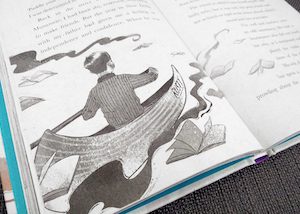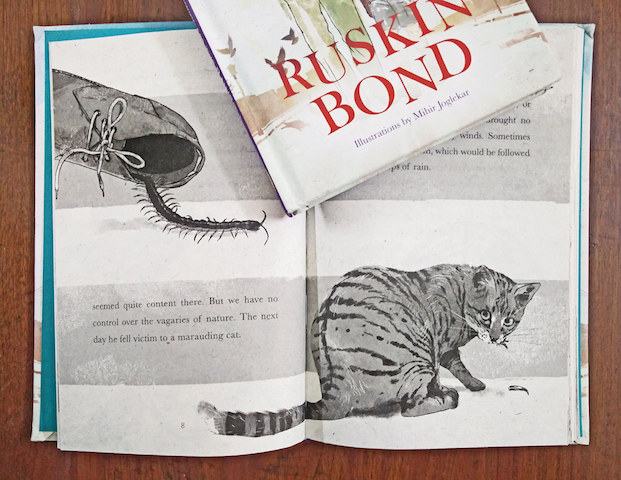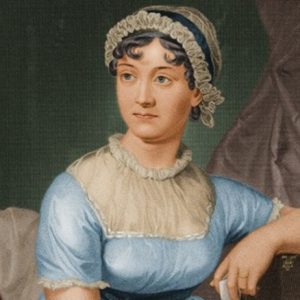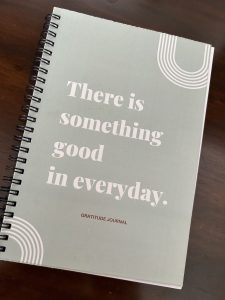Illustrating children’s books is an art in itself. It requires a completely different skill-set. Mihir Joglekar, an Illustrator and Art Director, talks about his experiences in the fascinating world of children’s books.
Joglekar has illustrated Ruskin Bond’s latest book, “Looking for the Rainbow”, that talks about Bond’s close relationship with his father. We all know that Bond’s beautiful prose touches the heart. Here, Joglekar’s thoughtful illustrations somehow catalyse and facilitate this process.
Bookedforlife in conversation with Mihir Joglekar
You have illustrated a number of children books. What is it about this field that appeals to you?
Books make an impact on our minds right from childhood. They’re colourful, vivid and imaginative. In short, they are everything a child wants. It wouldn’t be wrong to say that books can influence a lot of our likes and dislikes from a very early age. Moreover, books grow with you. There are books for every age group making them a constant companion.
As a child, I read, subconsciously observed and absorbed a lot of illustrations in children’s books. I was instantly inspired. The idea of creating visuals to go with the story is so fascinating. What I love about this field is that I am able to create characters, environments and tell stories visually. Interpreting and creating the world which an author writes about and putting it in front of the world is a joyful experience.
Your recent work, for “Looking for the Rainbow” by Ruskin Bond was particularly poignant. The book deals with loss. What kind of preparation did you do for this project, besides of course, reading the book?

Ruskin writes, in one of the chapters that his father told him “Paddle your own canoe”. This is a very important line in the book. I felt that the illustrations mostly needed to be about him and how he dealt with his life, then. So the preparation involved trying to sketch out how a situation can be shown, with Ruskin as the focal point and all the other things secondary. In most illustrations I’ve done just that. Whether Ruskin is singing in the choir, or whether he is entering a new school or whether he is at the cinema hall, Ruskin can mostly be seen amidst silhouettes. Showing where Ruskin stands in a situation and how he reacts to it was more important. So when Ruskin’s father told him to paddle his own canoe, he obviously wasn’t talking about actual canoeing. I decided to illustrate this message. I felt it was a window for me to mix imagination with reality to convey the meaning subtly. I showed Ruskin canoeing, amidst flying books (his companions) moving through abstract clouds hinting that he is gently making his way through blinding, troublesome times into the light, on his own. Figuring out how to best convey what I felt was a big part of the preparation.
How does the children’s book illustration process differ from other illustration work you’ve done?
Any book or story requires a buildup of the world the story is taking place in. The characters and environments may change as the story progresses. So, all the illustrations need to be planned beforehand. I also try to keep the illustrations at specific intervals so that the book has a nice balance of text and visuals. Otherwise, a part of the book might have 2 illustrations back to back and then 6 pages of just text. That disturbs the textual and visual flow of the story. While illustrating for advertising, one mostly has just one illustration to convey the message of the campaign. If the message is not conveyed properly through it, the campaign fails to reach the target audience. Illustrations for concept art and storyboards on the other hand are mostly made just to determine the look and feel of a scene, an environment or a character.
What is your creative process? Do you start off with sketching or is it digital illustration?
I first visualise and figure out what needs the come across from the illustration the most. After that I make extremely rough sketches. I try to work out the composition, the angle, the interaction between characters, the light, environment and many other such things that build the scene. Once I am satisfied with what I have in front of me, I make a digital sketch. This sketch too is rough, but good enough for the client to understand and give feedback or approval upon. Once I have the approval, I start with the final illustration keeping in mind the technical requirements as well.
Where do you find inspiration for your work?
Inspiration is all around us. I constantly make visual notes in my mind if not always in a sketchbook, about everything I observe. One can be inspired by a certain way the light falls on a subject. Simple things like the constantly changing sky, or a person walking or standing in a certain way, a cat stalking a bird, or a bird perching on a branch is all inspiration to me. I try to incorporate all of these observations into my art.
Do you have a study background in design? Since how many years have you been in the design field?
I have a Government Diploma in Applied Art. I’ve been in this field for the last 8 years and have been involved in numerous projects for films, television commercials and print media as an illustrator. I have worked on several brands in advertising campaigns and have won a few awards on the way. My first fully illustrated Children’s book was ‘The Magic Rolling Pin’ written by Chef Vikas Khanna. It was launched in 2014 and published by Penguin Random House India. In the past 3 years I have illustrated 4 books, two for Chef Vikas which includes ‘The Milk Moustache’ and two with Ruskin Bond, ‘Cricket for the crocodile’ and the latest being ‘Looking for the Rainbow’.
Aside from the commissioned artwork, how much do you draw for practice?
Well, I get very little time for personal work. Adequate commissioned work is in a way practice, since it involves a lot of constant experimentation, sketching, colouring etc. However, I believe that no matter how much one practices, it is always less. Apart from commissioned work I sometimes make sketches from the set of reference photos I keep gathering while roaming around.
What has been your favourite project in terms of book illustrations so far?
It’s hard to pick a favourite. I always bring variations to the style of the illustrations for each book. So, each book has its own uniqueness from an artistic point of view. If I am to pick one, I think it would be Ruskin Bond’s ‘Cricket for the Crocodile’. I had a lot of fun making the illustrations. I got to experiment a lot with the style in terms of colours, compositions and angles and bring something to the table that I hadn’t before.
Are there any specific trends in the children’s book illustration space in India today, that you would like to point out?
There’s a lot of scope for experimental illustration. I feel that there’s definitely a need for the artists to be thinking out of the box with their visual depiction. Overall, I feel that colours, form and quirkiness seem to have gained a lot of importance. With how one’s work can go beyond a book and be seen from people over the internet, it’s a good time to be bold with the approach towards art and illustration!




